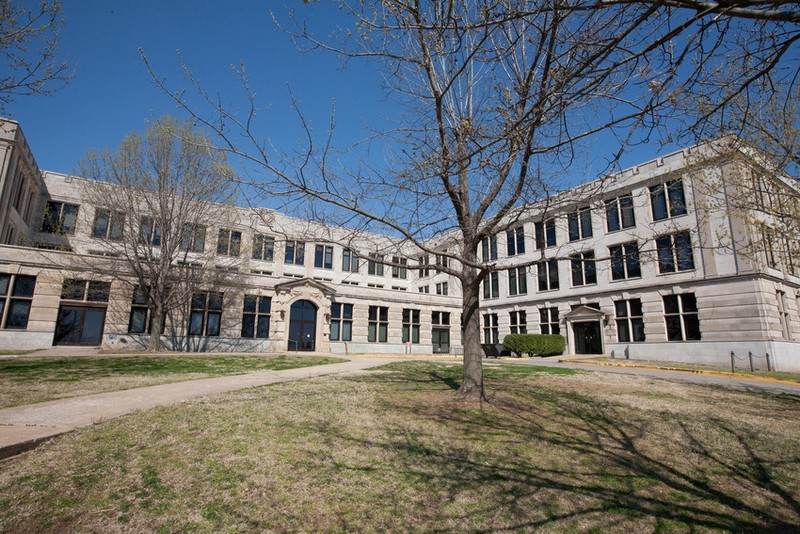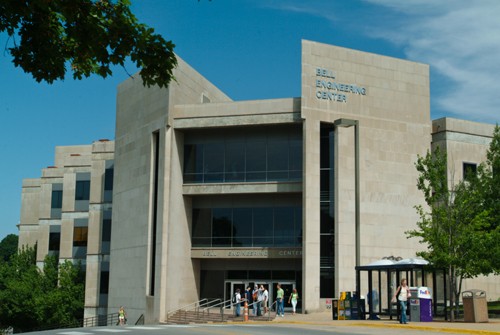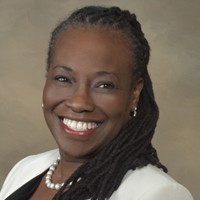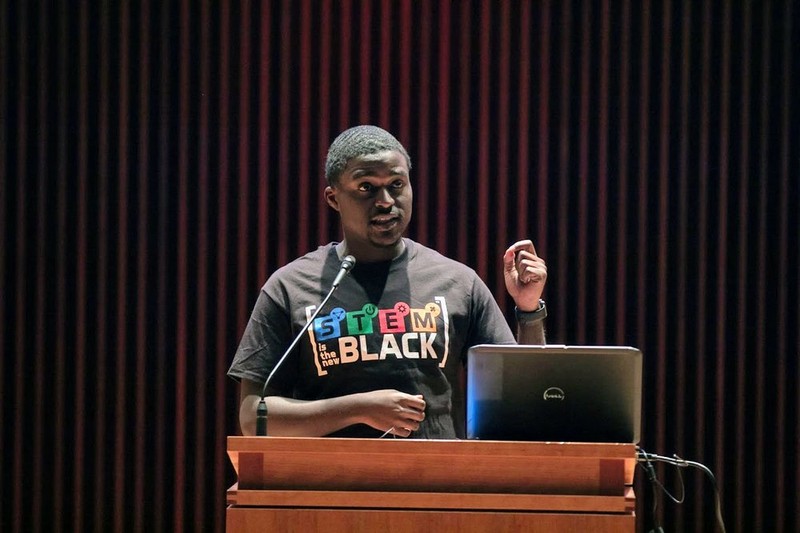Minority Experiences in the College of Engineering
Introduction
Text-to-speech Audio
Images
John White Jr. Engineering Hall

Bell Engineering Center

ECAP (Engineering Career Awareness Program)

Mrs.Dinah Gant

Mr.Jakym Battle

Backstory and Context
Text-to-speech Audio
B.A.D was successful in advocating for new programs and policies to better accommodate its newly diverse student body and was vital in the integration of the University In search of an idea of the University’s climate in the 1970’s I sat down with Dinah Gant, a writer for The BAD Times, and the University’s first African American female Civil Engineering graduate.
Mrs.Gant grew up in Woodruff County Arkansas, where her parents were sharecroppers. Prior to attending the University in 1971, she attended an all-Black school until her senior year, when forced integration sent her to a majorly white school where she’d be named valedictorian. Due to a threat to her after being named valedictorian, she would go to New York the morning after delivering her commencement speech to live with her brother. While in New York, she would receive word from home that the University had awarded her a scholarship.
Mrs. Gant took up engineering because she figured it was just applied math and science and she liked those subjects in high school. She also was influenced by O.C. Duffey, an engineering student at the University, who came from her hometown. She states that all Black students at the University knew each other and would look out for each other. Her coursework wasn’t too difficult, but lab work was mostly done on her own and turned in regardless if someone wanted to be her partner or not. Mrs.Gant laments that 50 years ago there weren’t discussions about diversity and inclusion. She says that the University tolerated people, and in her belief, it was likely due to some sort of money they received. Nevertheless, she stayed connected with some faculty and professors and was able to lean on them when no one wanted to work with her on a surveying project. Her experience at the University was what she expected, there were people who helped her and people who did stupid things. She considered the people who did stupid things to just be unkind. Although this was a common theme at the University, she never considered school to be her social outlet, and didn’t have many white friends either because it wasn’t yet fashionable for them to have Black friends, and she "wasn’t for the drama."
Although the University was far from ideal for African American students, Mrs.Gant made no excuses and always worked hard. She believes that nothing she endured at the University could compare to what her parents experienced, but she does believe that the minority engineering programs at the University now could be of great use to newer African American students.
Since Mrs.Gant’s tenure at the University in 1977, the University has made notable strides in improving the overall experience of minority students in the College of Engineering. Most importantly, in 2007, the college founded the Engineering Career Awareness Program (ECAP), a recruitment-to-graduation diversity initiative. The program offers scholarships and is designed to alleviate traditional barriers to success for minority and underrepresented students entering the College of Engineering. The impact of ECAP is significant, with a 286% increase in enrollment of ethnic minority undergraduate students. Additionally, 75% of ECAP students graduate with a university degree in six years as opposed to the 63.6% of overall undergraduate engineering population. Since 2012, ECAP has received five national awards and produced many success stories where students call ECAP a family, which is very different from Mrs.Gant’s account of her time at the University. Chase Truttling, one of the first ECAP Scholars, says the ways ECAP helped him are too numerous to say.
As progressive as this sounds, University Chemical Engineering alumnus Jakym Battle, who is the founder of STEM is the New Black, returned to the University in 2018 to give a seminar on diversity in STEM. Battle’s main goal with STEM is the New Black is to expose minority students to opportunities in STEM. He has been able to accomplish this by building a team that puts on workshops around the country to introduce kids to the idea of opportunities beyond the norm and also advertise through their merchandise. Nonetheless, he doesn’t shy away from teaching people of the history of STEM culture. He states that in recent years we have only scratched the surface of issues of diversity and inclusion within STEM. He says we need a complete cultural reform in which we build a new culture that fully embraces change instead of grudgingly accepting it.
From the time Mrs. Gant arrived to the University to now strides have been made to better minority experience in the College of Engineering but we aren’t done yet.
Kaleb Manley is a second year chemical engineering major from Texarkana, Arkansas. He is also an NSF Path Scholar in the College of Engineering.
Sources
1) “College of Engineering Preparing You for Your Tomorrow.” College of Engineering History | College of Engineering | University of Arkansas, engineering.uark.edu/about-us/college-of-engineering-history.php.
2) Engineering Alumnus to Host Campus Seminar on Diversity in STEM. 24 Jan. 2018, news.uark.edu/articles/40726/engineering-alumnus-to-host-campus-seminar-on-diversity-in-stem.
3) Engineering Career Awareness Program. ecap.uark.edu/index.php.
4) “Engineering Career Awareness Program.” Chase Truttling | Engineering Career Awareness Program | University of Arkansas, ecap.uark.edu/success-stories/chase-truttling.php.
5) “Jakym Battle.” STEM Is The New Black, stemisthenewBlack.squarespace.com/jakym-battle.
6) Scholarship Created for Students in Engineering Career Awareness Program. 15 June 2017, news.uark.edu/articles/38958/scholarship-created-for-students-in-engineering-career-awareness-program.
https://news.uark.edu/articles/24911/university-celebrates-new-space-for-biomedical-engineering
https://news.uark.edu/articles/17488/25-years-in-bell-engineering
https://arkansasengineer.uark.edu/2014/03/11/ecap/
https://uwm.edu/sce/instructors/dinah-gant/
https://www.stemisthenewblack.com/jakym-battle
